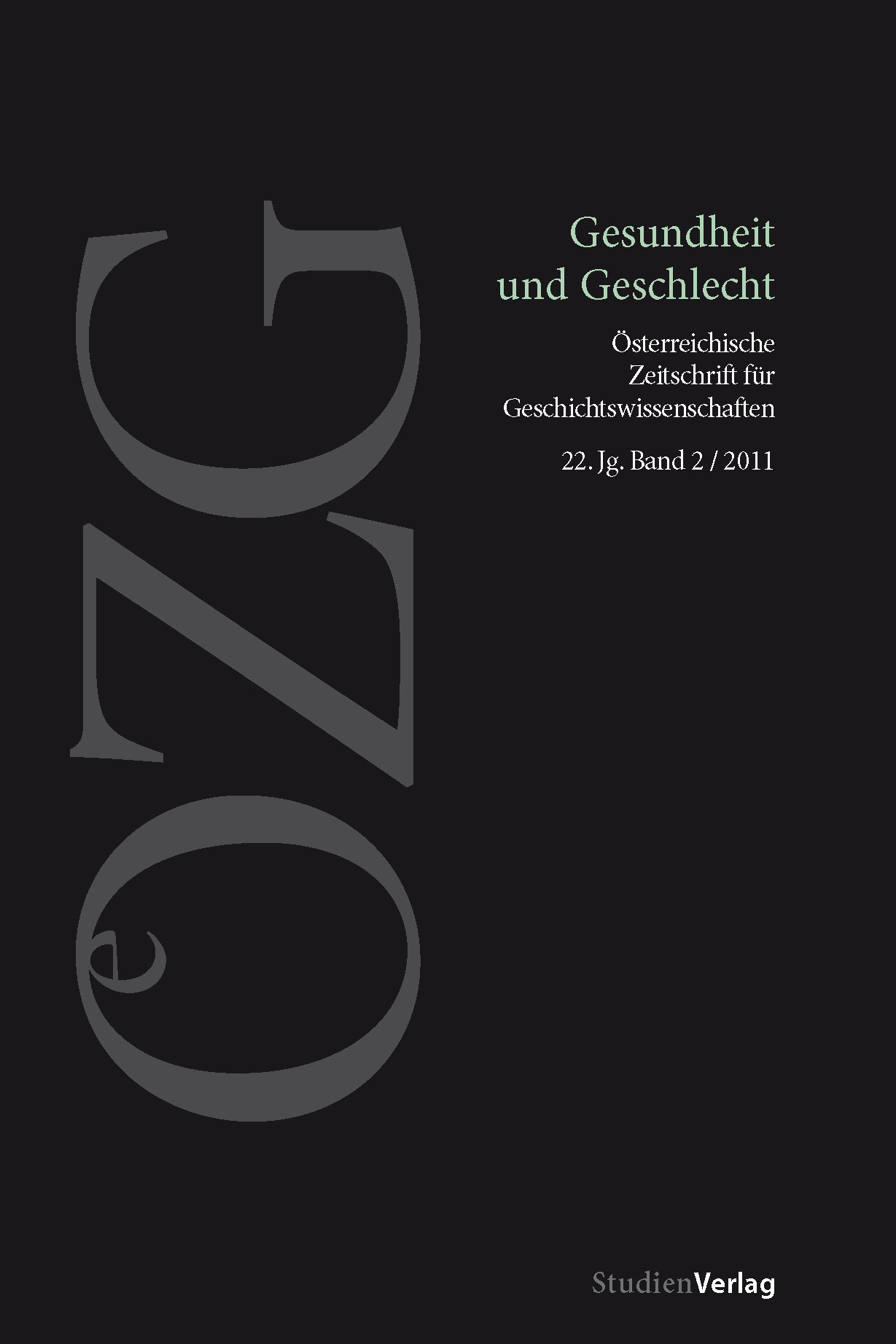Gender specific drug therapies in the 18th century
DOI:
https://doi.org/10.25365/oezg-2011-22-2-4Keywords:
gender specific drug therapies, dosage, prescriptions, anthropology of womenAbstract
It is a widespread assumption that gender specific drug therapies only emerged at the end of the last century, but prescription manuals of the 18th and 19th centuries, some also of the early 20th century, prove this assumption to be wrong. Gender considerations did, in fact, play a part in the dosage of drugs since standardized prescription charts stipulated that dosages for women should be one third to one fifth lower than those for men. 18th century prescription books show moreover that more prescriptions were issued for men than for women. The specific anthropology of women developed in the latter half of the 18th century that portrayed women as weak and sickly did not result in more women than men consulting academically qualified physicians and receiving prescriptions. The prescription practice as presented in this pilot study thus differs significantly from the situation today. It was not due to “anthropological constants” or even “genetic behaviour coding” but above all to the habits of physicians and related financing models.


